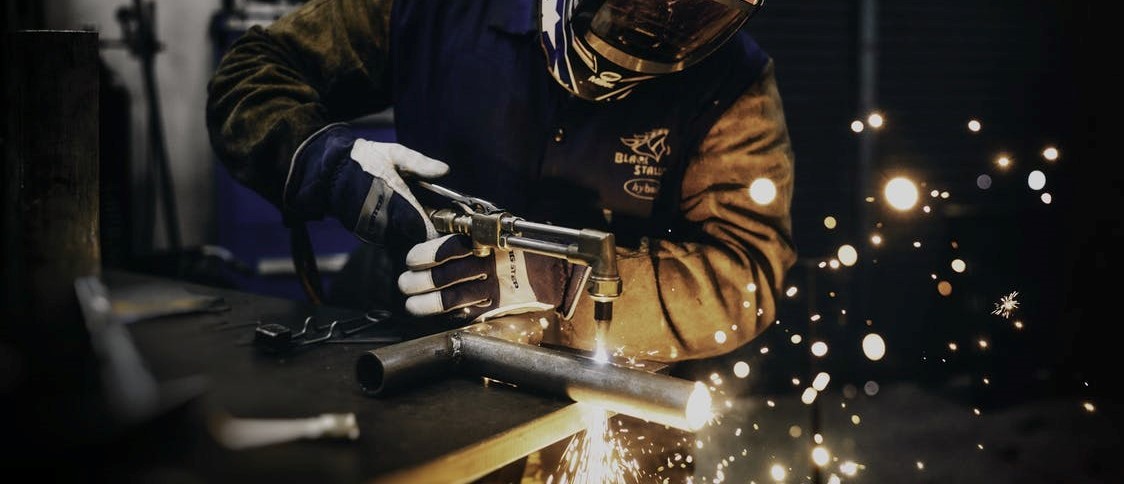Welding is typically thought to be the most critical process in fabricated items, with the quality of any finished product revolving heavily around the quality of the weld on each of the different components and materials. Because of this, any quality assurance is based truly around the welding operation.
Like with any fabrication process, there is a right and wrong way to do things. Wire welding starts by installing a roll of wire into the machine, and then it begins to feed, the gas begins to flow and the arc will start forming. It’s important that you know the process before you start using your wire welder.
Here are the most common problems which you may come up against.
Solid-wire Welding vs Flux-cored Welding
Solid-wire welding is commonly used in metal inert gas welding. The electrodes require a shielding gas which comes from a pressurized gas bottle. Solid-wire welding is best suited for when working with thin metals, this is because it doesn’t puddle or flow which is required for thicker metals.
If you need to use solid-wire for thicker materials, you will need to use multiple weld passes and then gouge out the previous weld passes until the joint is fully fused.
Flux-cored welding is where a hollow wire is filled with flux. Flux-cored welding is best suited to thicker materials as it puddles and flows into weld joints very consistently. Problems you may experience with this type of weld is that it runs too flat and quickly for thinner metals. The flux then burns leaving behind discoloration and the need for extensive cleaning to remove.
Common problems
Some common problems include not performing the pre- or postheat processes; running the wire at the wrong speed; using the wrong filler metal and even using amps or voltage outside the proper range.
To control the weld quality, make sure welders have the correct qualifications for the job at hand. Like with other trades, experience is the best way to guarantee quality.
Another step to ensure quality would be to calibrate the welding machines properly. Overtime, welding machinery loses calibration which damages the quality it can perform to. Every so often, call in a calibration expert to come and test your machinery and ensure your machines are performing to the standard.
The environment in which you keep your wire can have a great impact. Store welding wire in a temperature-controlled storage cabinet when its not being used to ensure moisture and cool air doesn’t affect the quality.
WIRS are leading distributors of welding equipment and consumables in the UK. With over 3,5000 product lines, it means they can supply direct to their customers without having to rely on 3rd party companies. For welding wire, visit here

